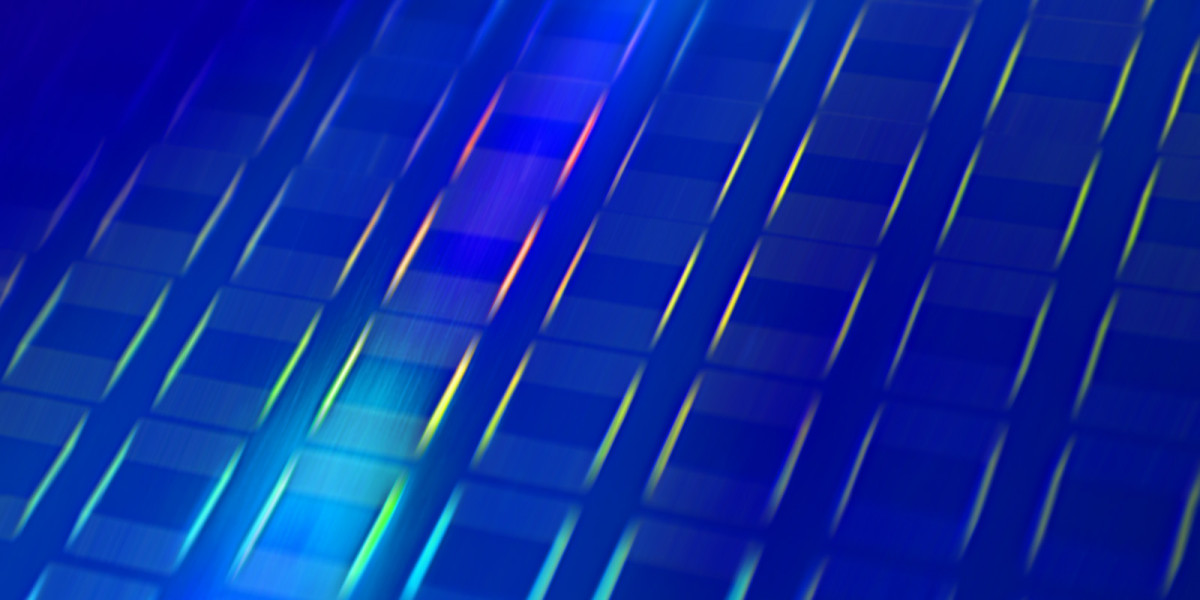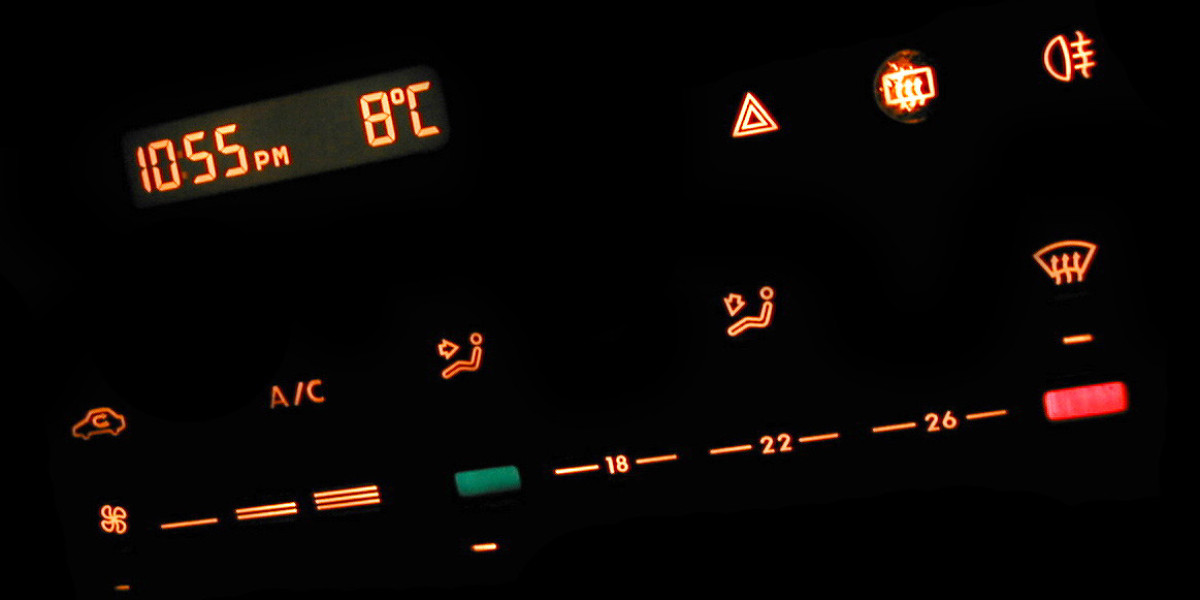The mechanism of action involves multiple cellular pathways. BPC-157 promotes angiogenesis by upregulating vascular endothelial growth factor (VEGF) and basic fibroblast growth factor (bFGF). It also stabilizes the cytoskeleton, https://numberfields.asu.edu/ enhances collagen synthesis, and activates the PI3K/Akt pathway to improve cell survival. KPV, on the other hand, selectively blocks the NLRP3 inflammasome and reduces the release of pro-inflammatory cytokines such as interleukin-1β and tumor necrosis factor-α. Together they provide a balanced environment where tissues can regenerate efficiently without chronic inflammation.
Clinical studies in animals have shown that the combination speeds up tendon healing, reduces scar tissue formation, and improves functional recovery after ligament injury. In rodent models of spinal cord injury, BPC-157 with KPV restored motor function more rapidly than either peptide alone. Human anecdotal reports suggest benefits for sports injuries, chronic back pain, and even gastric ulcers, though controlled trials are limited.
Nutraceuticals play an important role in supporting the actions of these peptides. A diet rich in omega-3 fatty acids, antioxidants (vitamins C and E), and amino acids such as glycine and proline can enhance collagen production and reduce oxidative stress. Herbal supplements like curcumin or boswellia may further modulate inflammation, complementing KPV’s anti-inflammatory effects. Adequate hydration and avoidance of excessive alcohol or processed foods are also recommended to maintain a conducive environment for tissue repair.
Dosage regimens reported in the literature vary widely because of the experimental nature of BPC-157 and KPV. In animal models, intraperitoneal injections of 10–50 µg/kg per day have been common. For human use, many practitioners suggest subcutaneous or oral administration of around 200–400 µg of BPC-157 combined with 100–200 µg of KPV daily, divided into two to three doses. It is essential to monitor for potential side effects such as mild gastrointestinal discomfort or transient changes in blood pressure.
The safety profile appears favorable, but long-term data are scarce. Potential concerns include the risk of excessive angiogenesis leading to aberrant vessel formation and the theoretical possibility that chronic suppression of inflammation might impair normal immune responses. Therefore, use under medical supervision is advisable, especially for individuals with autoimmune conditions or a history of cancer.
In summary, BPC-157 combined with KPV offers a promising approach to regenerative medicine by promoting tissue repair while mitigating harmful inflammation. When paired with supportive nutraceuticals and a balanced diet, the synergistic effect can be maximized. Continued research, including well-controlled human trials, will clarify optimal dosing, safety margins, and broader therapeutic applications.







